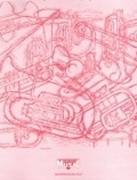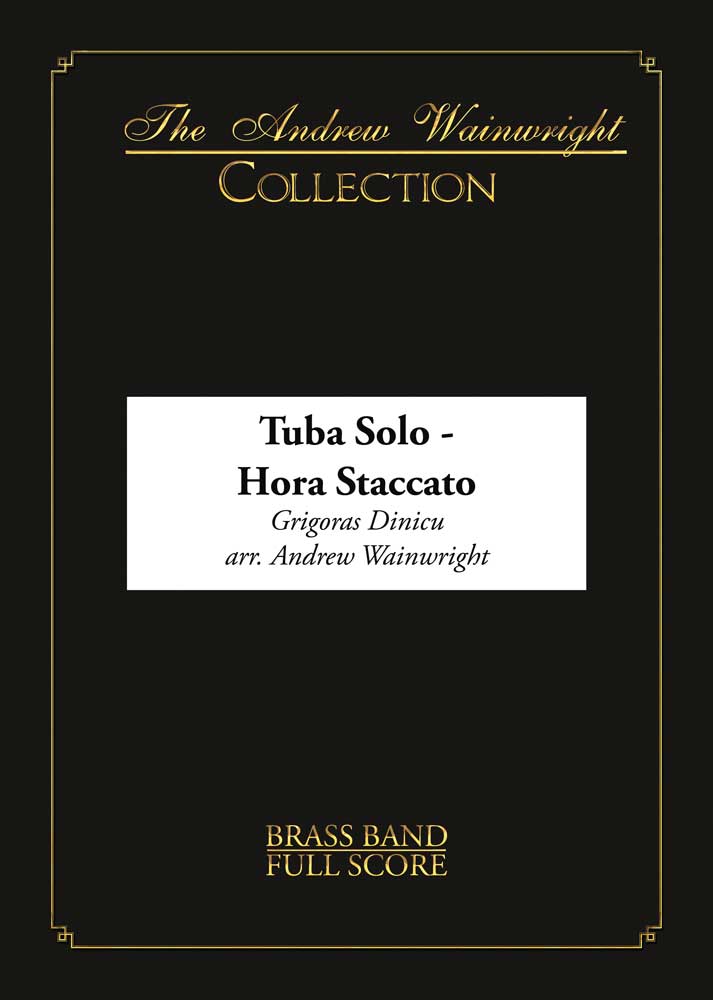We've found 516 matches for your search. Order by
Results
-
£9.00
120 Hymns for Brass Band A4Format (Bass Trombone) - Steadman-Allan
Download the PDF for a sample of the part and the index of hymns.
In Stock: Estimated dispatch 1-3 working days
-
£9.00
120 Hymns for Brass Band A4Format (B Bass) - Steadman-Allan
Download the PDF for a sample of the part and the index of hymns.
In Stock: Estimated dispatch 1-3 working days
-
£9.00
120 Hymns for Brass Band A4Format (E Bass) - Steadman-Allan
Download the PDF for a sample of the part and the index of hymns.
In Stock: Estimated dispatch 1-3 working days
-
£7.50
120 Hymns for Fanfare Band (1st Trombone B bass clef) - Steadman-Allan
Download the PDF for a sample of the part and the index of hymns.
In Stock: Estimated dispatch 1-3 working days
-
£7.50
120 Hymns for Fanfare Band (2nd Trombone B bass clef) - Steadman-Allan
Download the PDF for a sample of the part and the index of hymns.
In Stock: Estimated dispatch 1-3 working days
-
£7.50
120 Hymns for Fanfare Band (Euphonium B bass clef) - Steadman-Allan
Download the PDF for a sample of the part and the index of hymns.
In Stock: Estimated dispatch 1-3 working days
-
 £69.95
£69.95Diversions on a Bass theme (Brass Band - Score and Parts)
Estimated dispatch 7-14 working days
-
 £24.95
£24.95Introduction and Burlesque (Bass Trombone Solo with Brass Band - Score and Parts)
Estimated dispatch 7-14 working days
-
 £30.00
£30.00The Bare Necessities (from The Jungle Book) (Eb Bass Solo with Brass Band - Score and Parts)
Estimated dispatch 7-14 working days
-
 £30.95
£30.95Hora Staccato (Eb Bass with Brass Band - Score and Parts)
Arrangement of Grigoras Dinicu's virtuosic violin showpiece, here arranged for Eb tuba.
Estimated dispatch 7-14 working days
